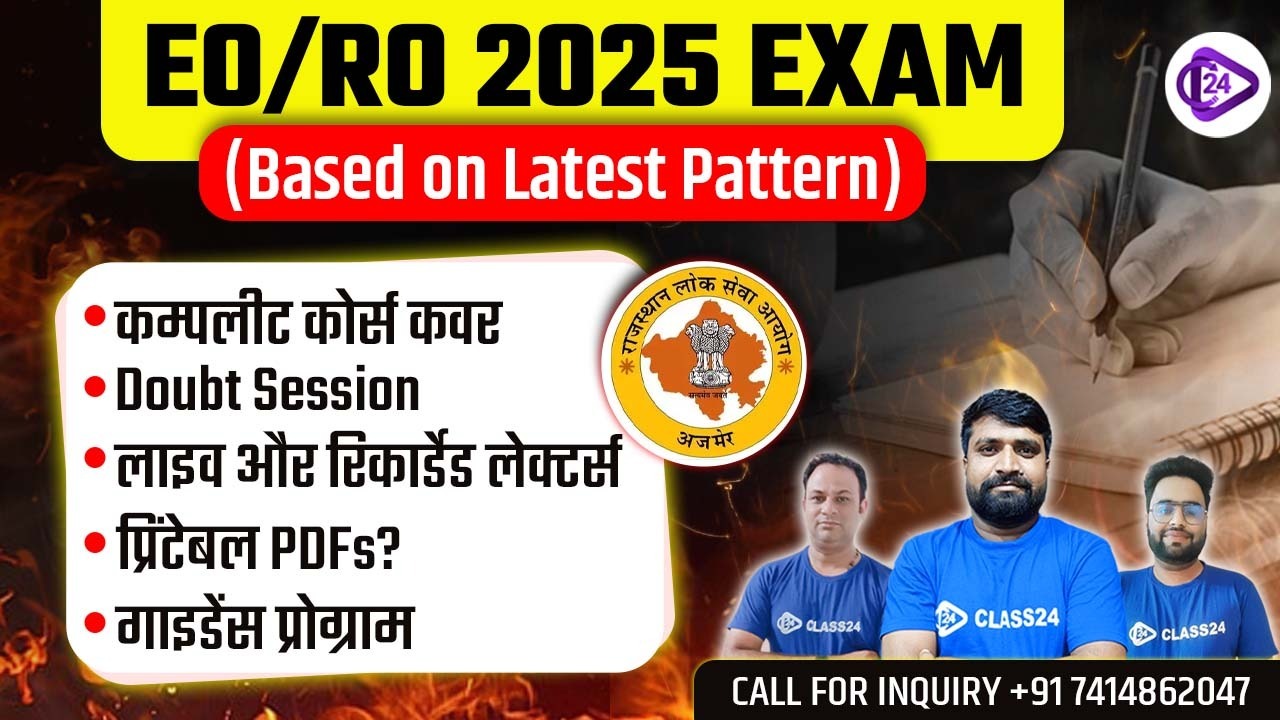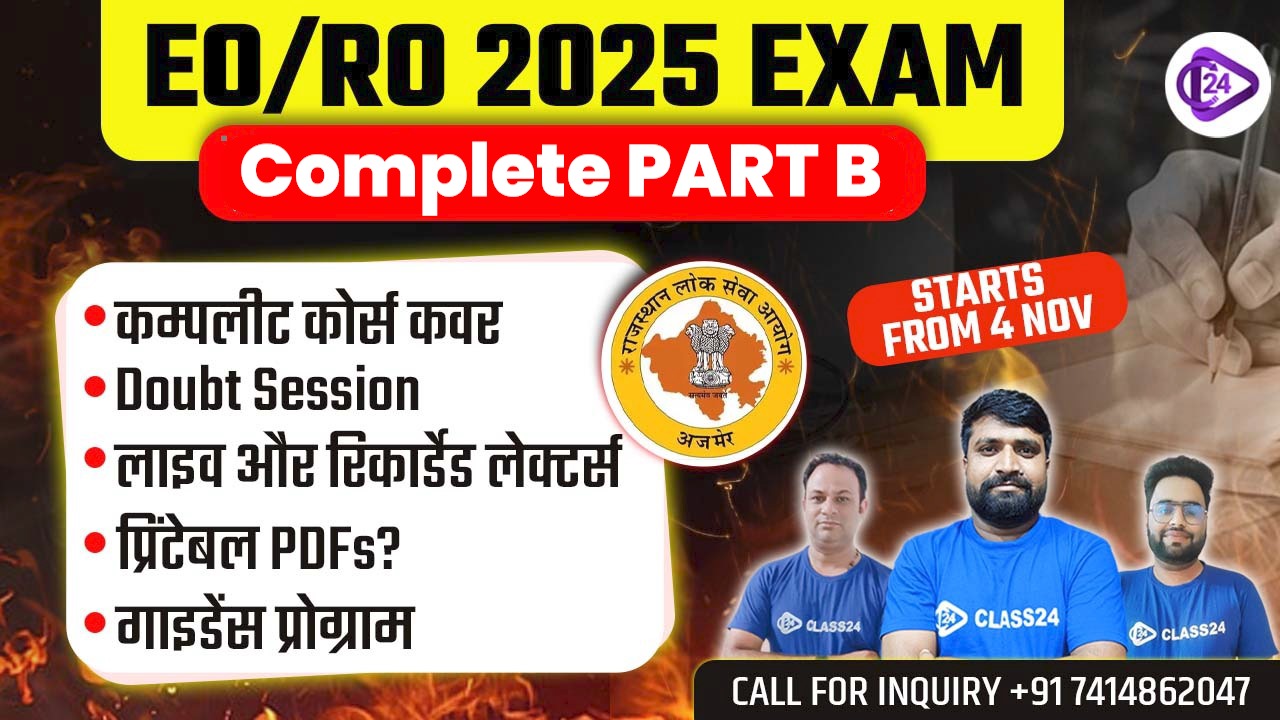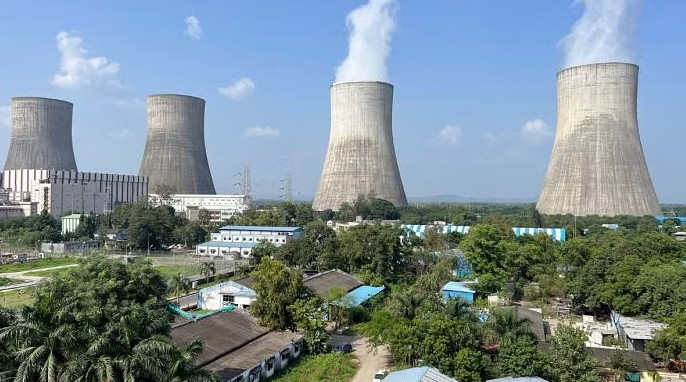
In this quest for lifetime energy, India has come up with a plan to develop 50 S.M.Rs under PPP modes. These reactors are a pioneering development in the nuclear power realm, designed to produce 300 MW(e) per unit, or one-third the size of a typical nuclear power station. SMRs are relatively small and easily transportable in design and come equipped with safety features that are crucial for the Indian power program to shift to the next level.
SMR is a vital part of India’s plan for industrial real decarbonisation and Energy transition plans. India has embarked on its own innovation by re-designing current nuclear power reactor designs in the Bharat Small Reactor (BSR) project spear headed by the Bhabha Atomic Research Centre (BARC). This initiative shows the governments desire to cut on the use of fossil fuels and the promotion of cleaner power sources.
Despite the challenges touched earlier on, below are the benefits of SMRs; The SMR construction cost is relatively low since it is made up of only standardised modules connected within a central structure Power from the SMRs can be scaled up or down to meet the requirements of the region where they are set up Since SMRs have all the power components integrated in the one control box, they can be deployed in remote, isolated, or off-grid regions with format enables their manufacturing in factories and can then be transported easily to construction sites thus cutting on time and costs. Moreover, these reactors can be useful in respond to needs of energy in certain regions without polluting the environment.
The interest of India’s counterparts – France in specific – in developing SMRs and AMRs shows the status of international interest in this approach. As highlighted in the NITI Aayog presented a report that identified SMRs as vital for India’s climate ambition and energy security.
It is also helpful for India this initiative because what this country needs is to work towards attaining the net zero carbon emissions by the year 2070. These SMRs are promising to change energy accessibility starting with areas where it is difficult to build large power plants. This topic is essential reading for SSC and UPSC exam s as is gives information about Indias’ energy policies, renewable energy developments, technological solutions to climate change. From the perspective of sustainable development and energy independence, it is necessary to understand SMRs as an element of India’s development path.
Chat With Us


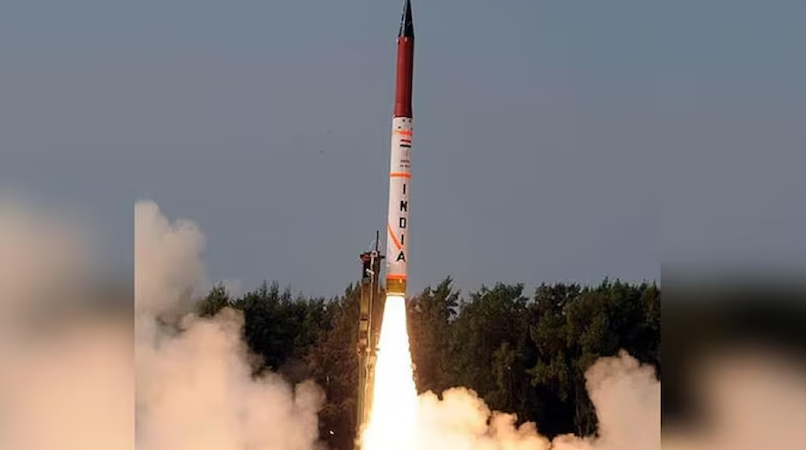 India Successful Long Range Hypersonic Missile Test
India Successful Long Range Hypersonic Missile Test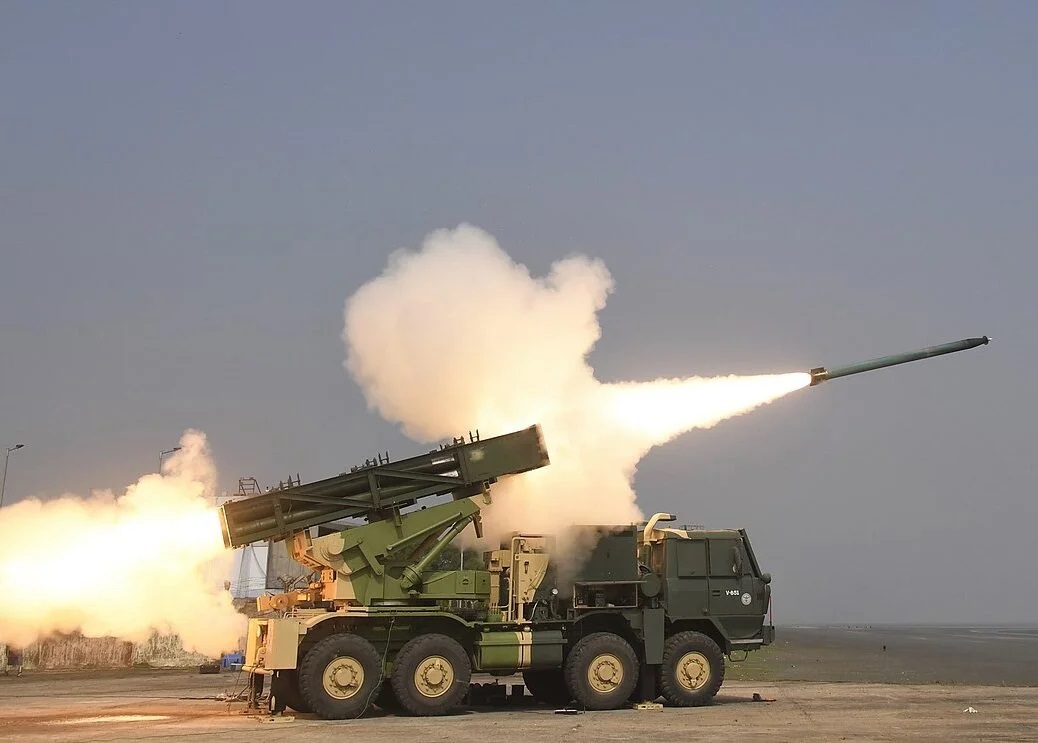 Pinaka MLRS India Defense Technology
Pinaka MLRS India Defense Technology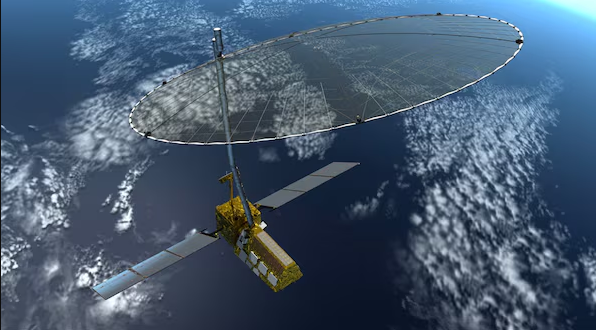 Nisar Mission Earth Observation Revolution 2024
Nisar Mission Earth Observation Revolution 2024


